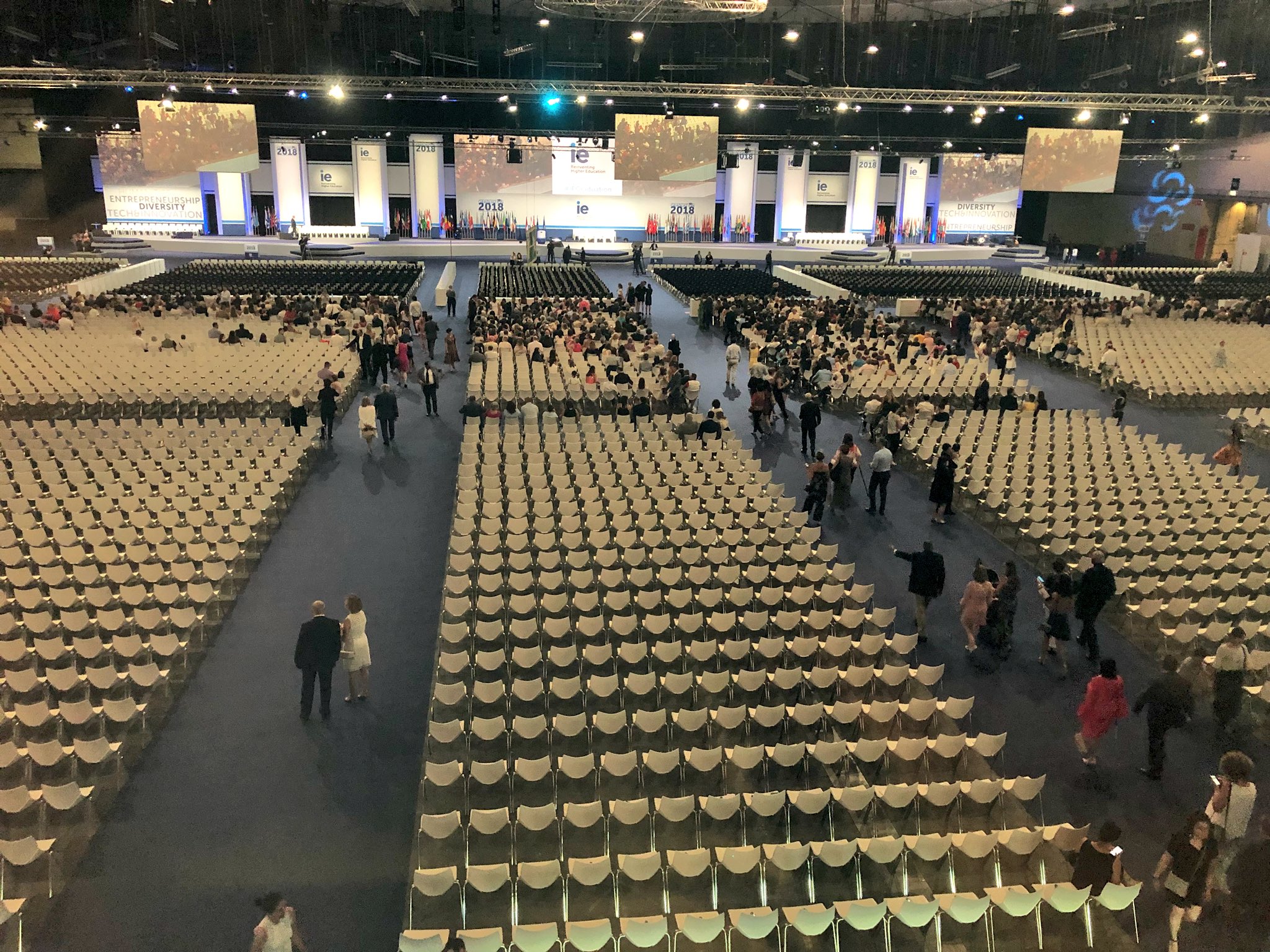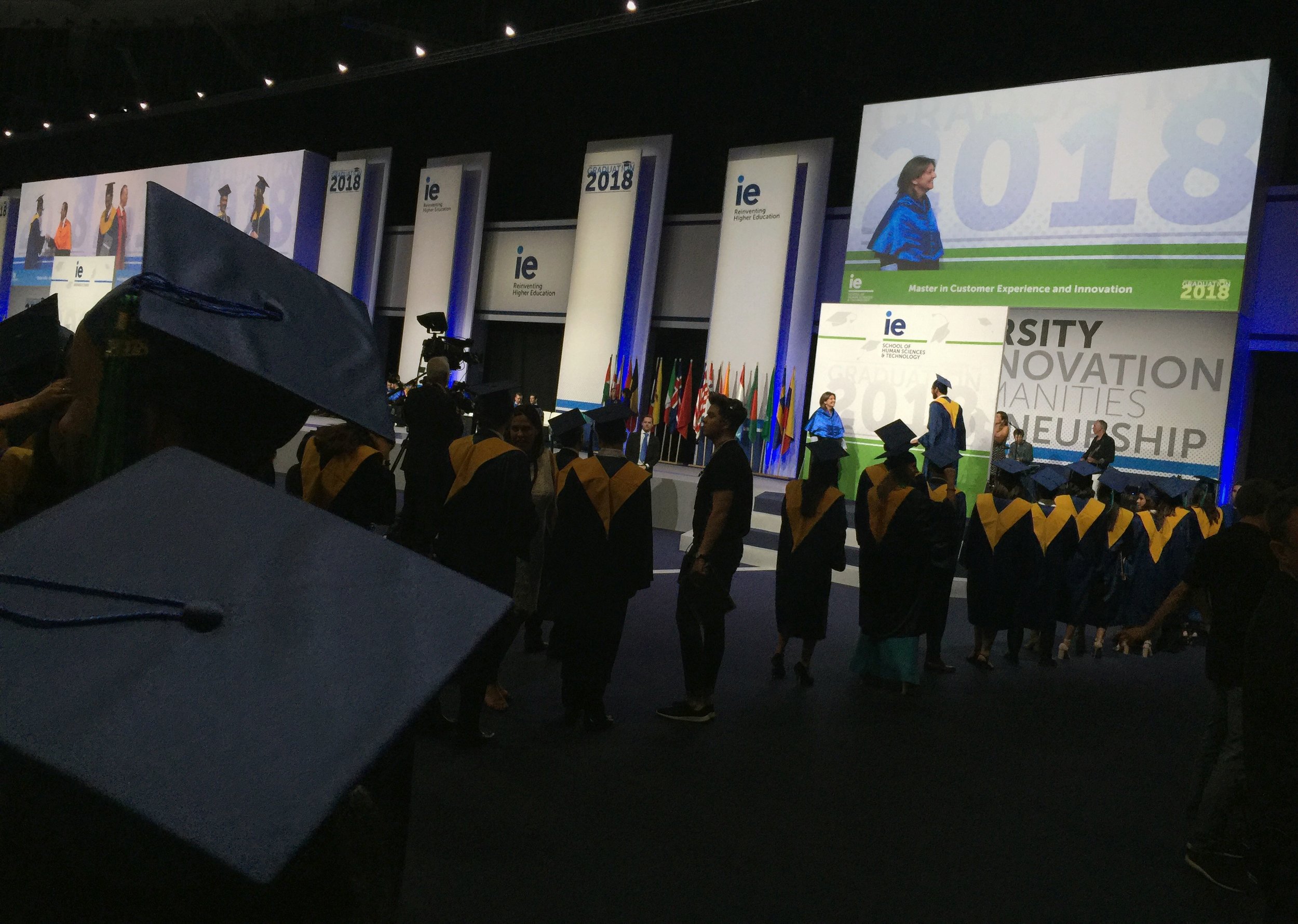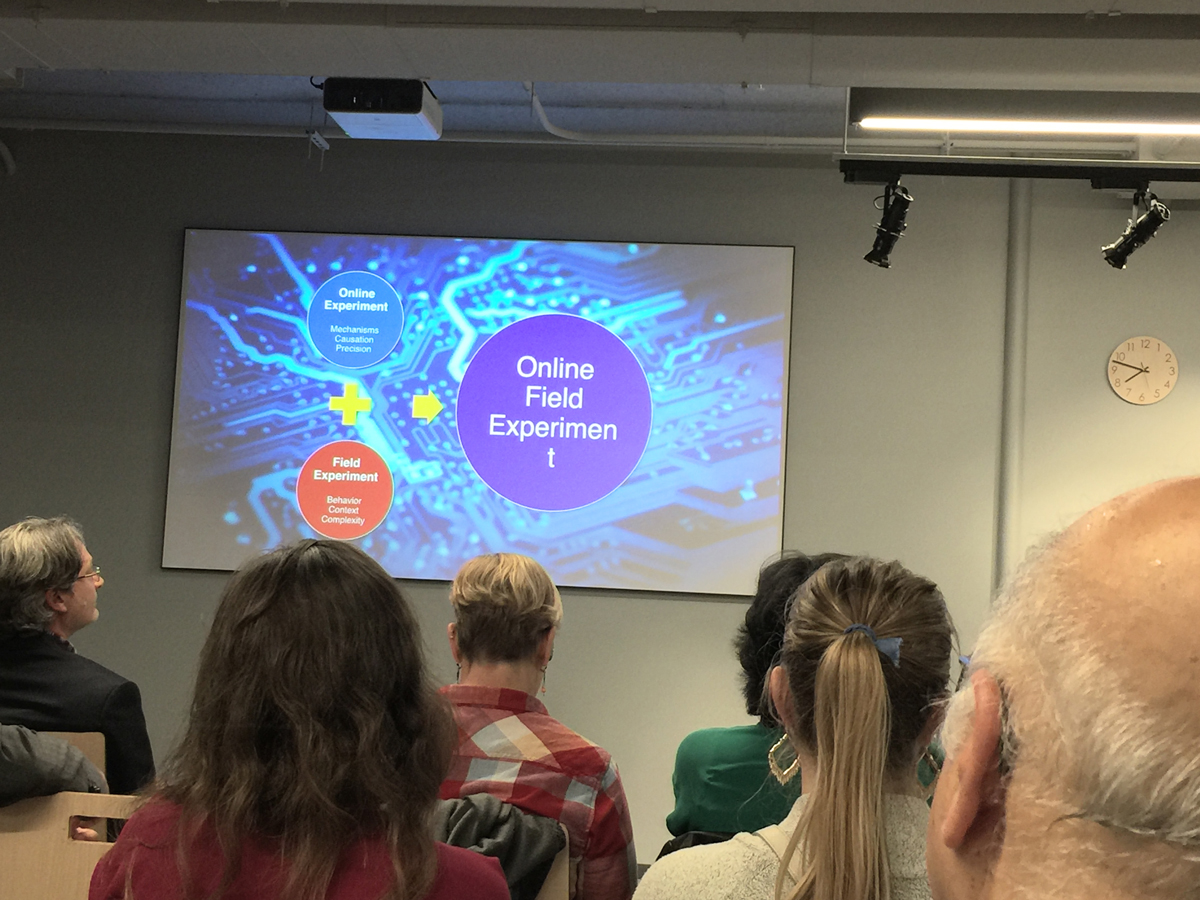Written by Jillian Ogawa via UpCounsel.
Startups are known for having a “go big or go home” work ethic, but unfortunately, the same approach often backfires when applied toward marketing. Some startups spend too much too soon on big marketing initiatives that either prove ineffective or, at the other end of the spectrum, too successful to the point that they aren’t able to keep up with customer demand. Other common mistakes include focusing promotional efforts on marketing channels that are irrelevant to the target audience or copying the marketing efforts of competitors.
Startups can’t really afford to make these kind of mistakes. They only have a few months to make an impact on the minds of consumers, so it’s important to develop a strong brand will drive your marketing efforts toward platforms and methods that effectively communicate your brand ideals.
The key to making your marketing efforts work smarter – not harder – is having a brand message powerful enough to guide your company through all stages of growth.
Likewise, a resonating brand message enables startups to quickly identify effective marketing opportunities that drive their brand forward.
Click here to read the full post on UpCounsel.




















